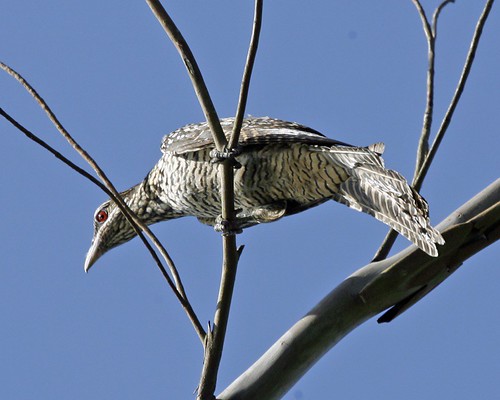Traditional bridal in Central Asia
In Key Asiatic customs, kids arrange for children to get married. They pick a acceptable boy or girl based on each person’s relatives history, financial situation, and social standing. This is known as « adat » in Kazakstan. The matchmaker ( « gyumzhan » ) looks for a girl with good qualities who belongs to the same family, tribe, and clan. If a woman is discovered, the betrothal is commemorated with’ Yui- no’ ceremonies https://www.uwlax.edu/globalassets/offices-services/urc/jur-online/pdf/2020/kuske.morgan.cst2020.pdf, which are similar to those used in standard Africa for weddings. Gifts like the Obi ( a sash ) that symbolizes female virtue and the Hakama skirt made of white Sendai silk that represents loyalty are exchanged.
The relationship festival itself is known as nikah. It is a spiritual ceremony beautiful women from tajikistan that entails the bride and groom agreeing to get married after hearing the mullah’s worship read aloud and asking them to do so. In order to prepare for existence together, the bride and groom typically live differently until the bride. To support her get to know her innovative father, she receives advice from her female family and sings classic wedding melodies.
Both individuals prepare a substantial dinner before the marriage moment. The woman’s family receives products from the man while also. In some places, the bridegroom gives the women a bride as well. Depending on the relatives, this can range from a sizeable sum of money to various valuables.
The wedding is led or carried to the home of her in-laws on the ceremony time. She is led to a curtain (koshogo, which is customarily hung in the center of the room ) and spends many days hiding behind it as her in-laws greet her and present her with gifts similar to more pale scarves that symbolize purity.

